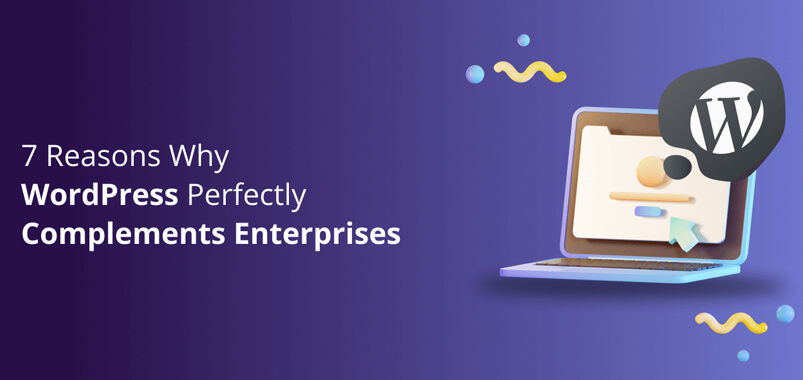-
January 17, 2013
-
Ashish Shah
- WordPress

WordPress, over a period of time, has turned into a content management system of choice. Many designers, developers, and even users desire their websites to be in WordPress so that they can make the most of it.
One of the most intriguing features of WordPress is the fact that you could manage your website by yourself. Once, the WordPress development has been consummated, you wouldn’t require the help of any expert and the entire thing could be done by you. However, there is one element with which most of the people struggle and that is upgrading their WordPress.
While they understand that such upgrade is necessary to enhance their site’s security and functionality, they somehow do not find it simple enough to go through the entire process.
One of our friends once quoted “I always hire WordPress developer to get my WordPress upgraded. People tell me it’s a simple process but I never got a hang of it.”
If you are among those people who wish to operate your WordPress site without any assistance, here are a few tips through which you can upgrade your WordPress by yourself. Please note that this is the automatic way of upgrading your WordPress. We can speak about the manual method some other time:
- Log into your blog with your WordPress User Name and Password.
- Go to your dashboard and look for the ‘Update’ section. You can hit on the ‘Update’ button and you will be instructed about the existing version of your WordPress and the new version/s that you can update to.
- One might also receive pop-ups about impending updates on one’s home screen. Therefore, WordPress can also be updated by clicking on these pop ups.
- You will be suggested to check for the requirements of the new version and ensure that you have all of it in place.
- Finally, WordPress shall ask you for your connection information which you can provide and proceed.
- This completes the process. You can simply now enable your plugins and you are ready to go.
While this process is very simple, there are certain things that you should be careful about. Firstly, you should make certain that you are using the right version of PHP and MySQL. Secondly, you should also make it a point to take backup of your data so that you do not lose any of it. Finally, it is valuable to check whether your existing themes and plugins are compatible with the recent version.
Like this post? Share with your friends!
About The Author
Ashish Shah
Ashish Shah is the Founder and CEO of NCode Technologies, Inc. a leading Web & Mobile App Development Company based in India. He is the chief mentor and strategist with over 10+ years of experience in providing various IT solution to different industries. He also likes to share his view on different technology and marketing techniques via different blogs and articles.